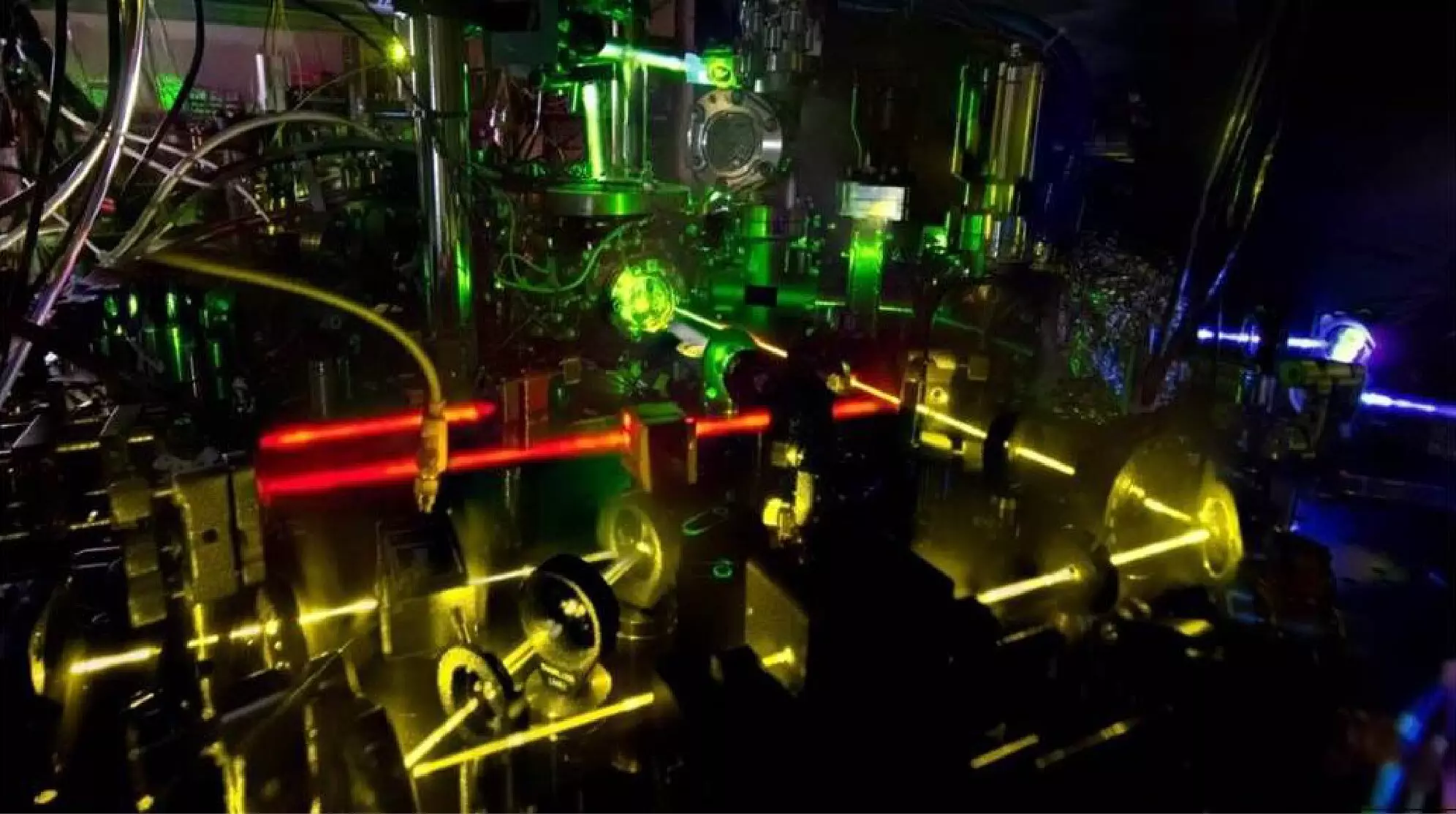In the realm of scientific exploration and technological advancement, atomic clocks stand as some of the most significant achievements, defining the precision of time measurement. Advances in this field open doors to improved navigation systems, telecommunications, and a vast array of technologies dependent on accurate time reference. Recent studies conducted by an innovative team from the Neutral Atom Optical Clocks Group at the National Institute of Standards and Technology (NIST), in collaboration with the University of Colorado and Pennsylvania State University, have introduced a groundbreaking sub-recoil Sisyphus cooling technique aimed at enhancing atomic clock accuracy. This development, detailed in a study published in Physical Review Letters, highlights the intersection of fundamental physics and practical technology.
Research co-author Chun-Chia Chen emphasizes the longstanding tradition of precision spectroscopy within atomic physics, a field that encompasses a diverse range of studies, from atoms and ions to molecular and anti-matter investigations at facilities like CERN. The meticulous nature of this field – which has endured through decades of scientific inquiry – showcases the intricate relationship between spectroscopy and advances in timekeeping. As researchers aspire to refine atomic clocks, they draw on breakthroughs from diverse spectroscopic studies to innovate their methodologies and enhance their measurements.
The introduction to Sisyphus cooling in this context is particularly noteworthy. Initially established for hydrogen and anti-hydrogen cooling, researchers adapted this scheme, focusing on improving the performance of ytterbium optical lattice clocks. By manipulating the energy landscape experienced by excited clock states through periodic modulation, the research team crafted a highly controlled cooling environment. The use of this technique allows for superior control over atomic excitation in an ultra-narrow transition environment, a crucial aspect for high-precision atomic clock operations.
At the heart of the Sisyphus cooling mechanism lies an intricate dance of energy transitions. By engineering the energy conditions for clock states, researchers create an environment where atoms can lose kinetic energy efficiently. According to Chen, this is achieved by positioning excitation events at specific points in a periodic potential landscape. In essence, when excited, atoms experience lower energy zones, allowing them to exit more effectively, thereby reducing thermal motion. Such innovative manipulation not only enhances temperature but also prepares atomic samples in a uniform state, vital for precise subsequent measurements.
The evolution of atomic clock precision has been stymied by disparities in trapping potentials experienced by atoms in different states. The research team employed an ingenious solution: they enhanced the cooling process prior to high-precision spectroscopy by introducing a shift that created a greater, but temporary, trapping potential difference between clock states. This approach ultimately led to improved cooling outcomes and better conditions for measurements, lowering the differences that tend to complicate the calibration of atomic clocks.
The ramifications of this research extend beyond merely improving atomic clocks. The adaptability of the Sisyphus cooling method suggests potential applications in various quantum technologies, including computing and information processing systems. Moreover, the researchers plan to extend their investigations into how this cooling technique can further refine the optical lattice clocks currently being developed at NIST.
As the researchers delve deeper into optimizing their atomic clocks using the revolutionary Sisyphus cooling technique, the prospect of greater precision in timekeeping comes closer to fruition. Enhanced cooling leads not only to improved clock performances but also facilitates meticulous characterization of the lasers involved – a critical factor in perfecting frequency tests and ensuring accuracy.
With plans to explore further applications of their findings, the researchers are poised to contribute significantly to the ever-evolving field of atomic physics and timekeeping technologies. In an age where precision is increasingly paramount, the advances born from this research could redefine our understanding of time itself, paving the way for innovations that hinge on the ability to measure this fundamental dimension with unprecedented accuracy.

